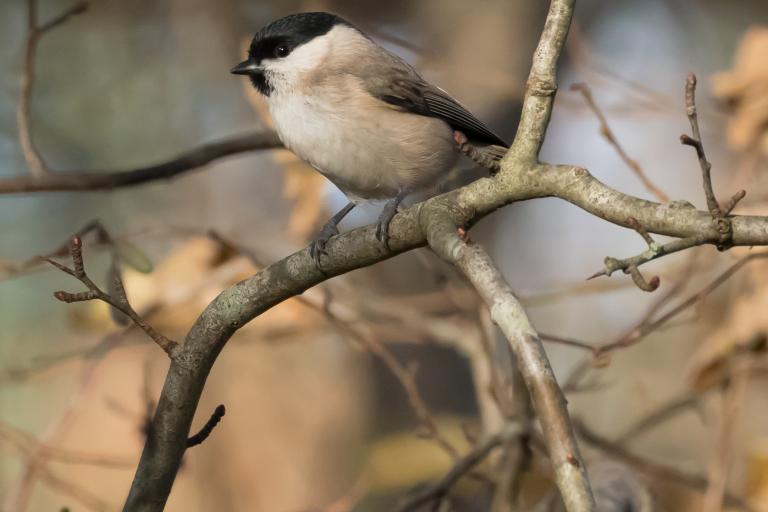South Oxfordshire and Vale of White Horse District Councils are collaborating to produce a Joint Local Plan that will guide development in the districts to 2041. To inform and support this plan, we analysed recent changes in land use, habitats and species.
Our findings
By evaluating relevant data sources, we have demonstrated that, over the past 30 years:
- Land Use and Habitat changes:
- Over the past 30 years, the built environment in South and Vale has expanded more than in Oxfordshire as a whole or the rest of England.
- Woodland/tree cover has increased, while grassland/arable habitat has decreased.
- Lost grassland has been converted into woodland/tree cover or built-up areas.
- This conversion process is more pronounced in South and Vale compared to Oxfordshire and England.
- Species Trends:
- Woodland species have generally fared better than grassland species.
- Negative trends in grassland species are likely due to reduced grassland habitat quantity and quality.
- Improving habitat quality, especially for grassland/arable areas, is crucial for enhancing the natural environment and increasing biodiversity.

Improving the quality of all habitats, particularly grassland/arable in South and Vale, is crucial for enhancing the natural environment and increasing biodiversity. These improvements can be influenced by local actions and policies. The findings of this study will be instrumental in guiding the development of the Joint Local Plan, ensuring a sustainable future for the districts.